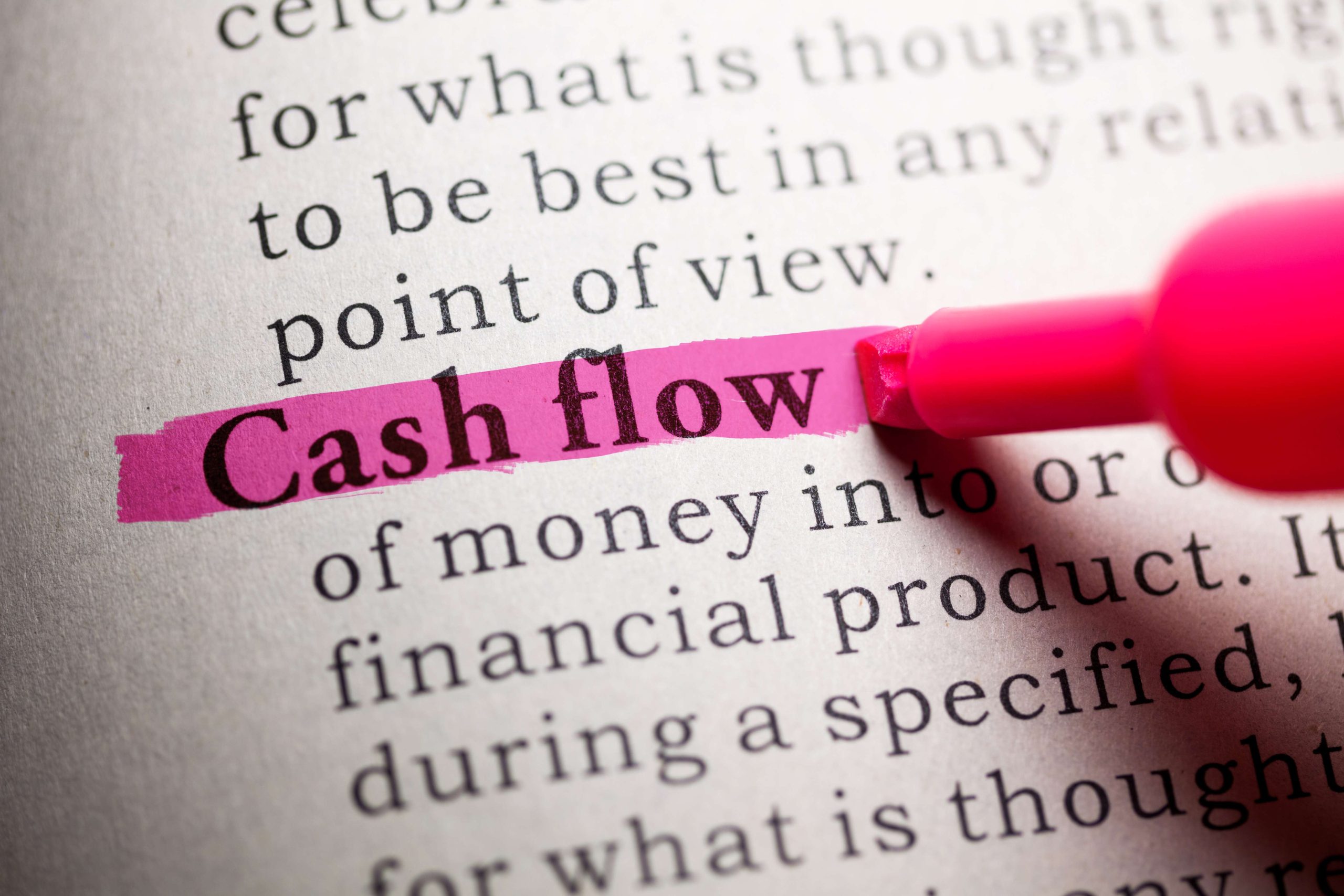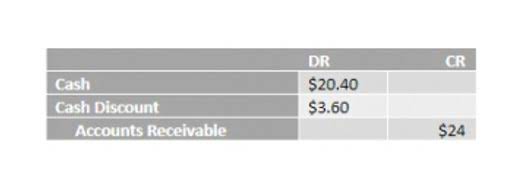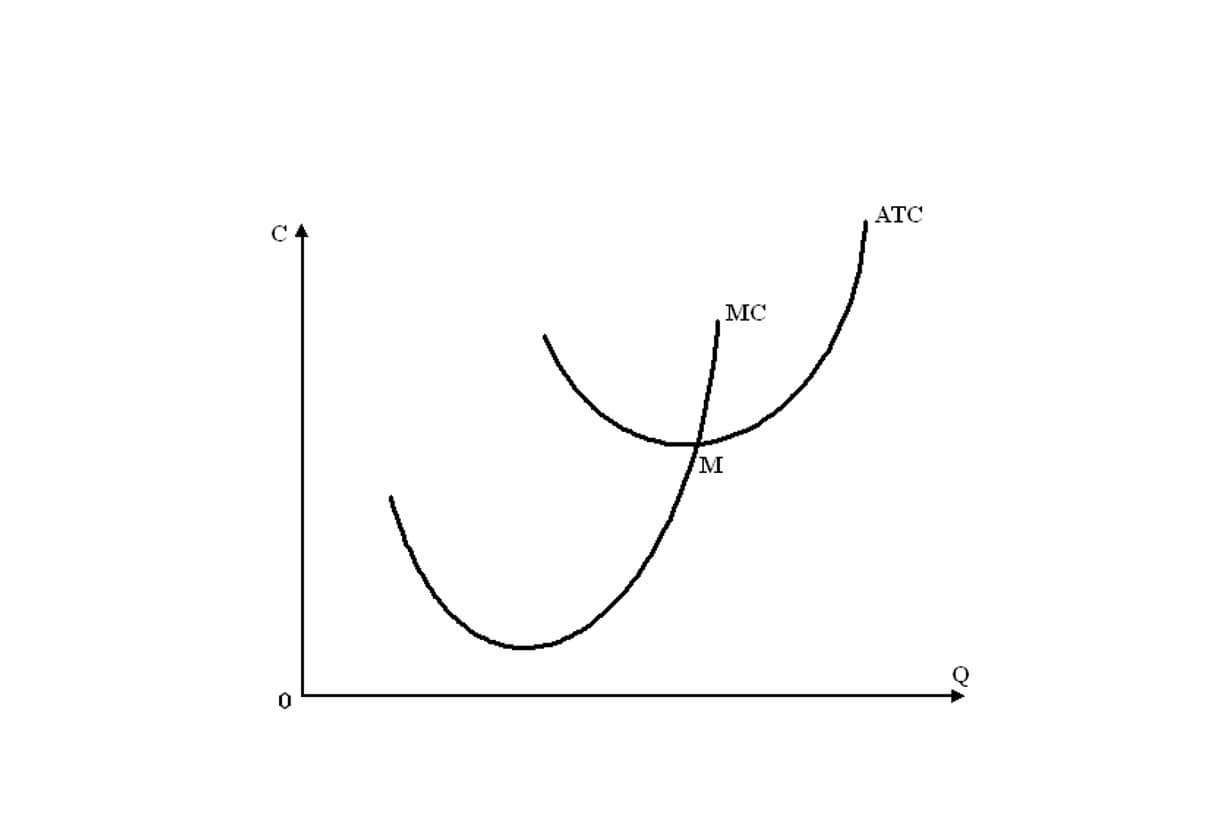
Shareholders’ equity is the residual claims on the company’s assets belonging to the company’s owners once all liabilities have been paid down. Stockholders’ equity is the value of a company’s assets left for shareholders after the company pays all of its liabilities. The shareholders’ equity comprises components that play an important part in determining the company’s net worth.
Examples of Stockholders Equity Formula
Some call this value “brand equity,” which measures the value of a brand relative to a generic or store-brand version of a product. When an investment is publicly traded, the market value of equity is readily available by looking at the company’s share price and its market capitalization. For private entities, the market mechanism does not exist, so other valuation forms must what are retained earnings be done to estimate value.
- This implies that shareholders are losing on their investment in the company.
- Dividend recapitalization—if a company’s shareholders’ equity remains negative and continues to trend downward, it is a sign that the company could soon face insolvency.
- Private equity is often sold to funds and investors that specialize in direct investments in private companies or that engage in leveraged buyouts (LBOs) of public companies.
- Next, the “Retained Earnings” are the accumulated net profits (i.e. the “bottom line”) that the company holds onto as opposed to paying dividends to shareholders.
- Long-term liabilities, also known as non-current liabilities, are financial obligations that are due beyond one year or the normal operating cycle of the company.
- And the “Total Shareholders’ Equity” account balance is $230m for Company A, but $140m for Company B.
- In some cases, a company’s financial statements may include a table called the reconciliation of stockholders’ equity.
Components of Stockholders Equity

This situation, known as negative equity, may signal financial distress or insolvency, indicating that the company might struggle to meet its obligations without additional financing or restructuring. A positive equity value suggests a company has more assets than liabilities, which is a good sign for investors. On the flip side, negative equity can raise red flags, signaling financial trouble or excessive debt. The Equity Ratio measures the long-term solvency of a company by comparing its shareholders’ equity to its total assets.
Types of Private Equity Financing
For example, return on equity (ROE), which is the company’s net income divided by shareholders’ equity, measures how well a company’s management is using equity from investors to generate profit. Aside from stock (common, preferred, and treasury) components, the SE statement includes retained earnings, unrealized gains and losses, and contributed (additional paid-up) capital. Positive shareholder equity means the company has enough assets to cover its liabilities.

Subtracting liabilities from assets, we see that shareholders’ equity was therefore $66.8 billion ($331.2 billion -$264.4 billion). This is the same figure reported lower on the balance sheet, under shareholder equity. The calculation includes information from the company’s balance sheet; it can be difficult to pinpoint the accuracy of depreciation and other factors. In addition, a company’s assets and liabilities can change at any time because of unforeseen circumstances.
- On a company’s balance sheet, the three main categories of information are its assets, liabilities, and stockholders’ equity.
- On the other hand, an investor might feel comfortable buying shares in a relatively weak business as long as the price they pay is sufficiently low relative to its equity.
- SE offers insight into a company’s financial position because it reflects its overall performance and indicates its long-term financial strength.
- The beginning and end of the period should coincide with the period during which the net income is earned.
- Since equity is equal to assets minus liabilities, increasing liabilities (e.g., taking on more debt financing) is one way to artificially boost ROE without necessarily increasing profitability.
- As per the formula above, you’ll need to find the total assets and total liabilities to determine the value of a company’s equity.
Applications of Stockholders’ Equity in Business and Investing

For example, if a company reports a return on equity of 12% for several years, it is a good indication that it can continue to reinvest and grow 12% into the future. Long-term assets are the value of the capital assets and property such as patents, buildings, equipment and notes receivable. It’s important to note that the recorded amounts of certain assets, such as fixed assets, are not adjusted to reflect increases in their market value. Let us take the annual report of Apple Inc. for the period ended on September 29, 2018.

From the beginning balance, we’ll add the net income of $40,000 for the current period, and then subtract the $2,500 in dividends distributed to common shareholders. Now that we’ve gone over the most frequent line items in the shareholders’ equity section on a balance sheet, we’ll create an example forecast model. The shareholders equity how to find stockholders equity ratio, or “equity ratio”, is a method to ensure the amount of leverage used to fund the operations of a company is reasonable.
Both the three- and five-step equations provide a deeper understanding of a company’s ROE by examining what is changing in a company rather than looking at one simple ratio. As Bakery Accounting always with financial statement ratios, they should be examined against the company’s history and its competitors’ histories. To estimate a company’s future growth rate, multiply the ROE by the company’s retention ratio.